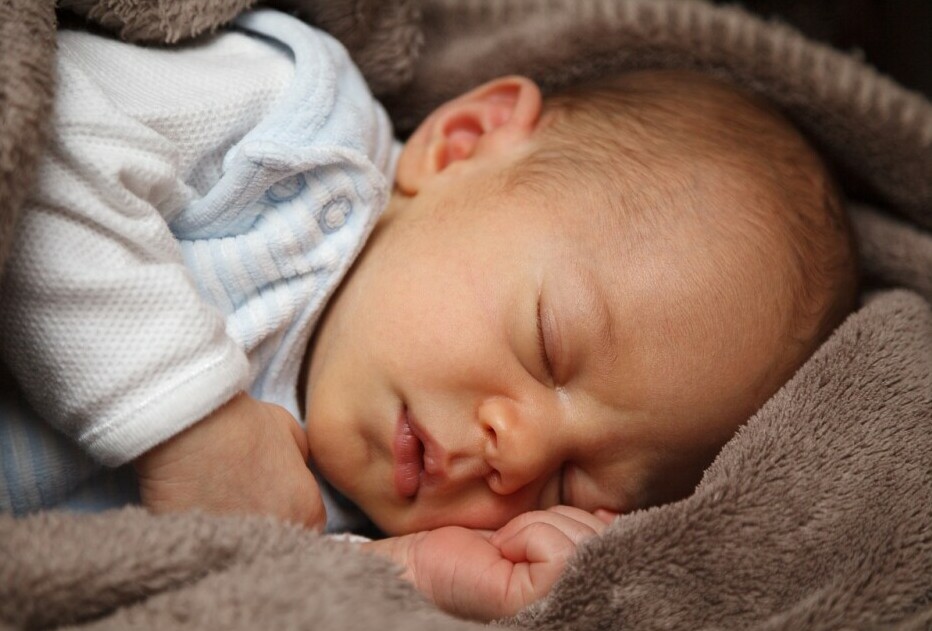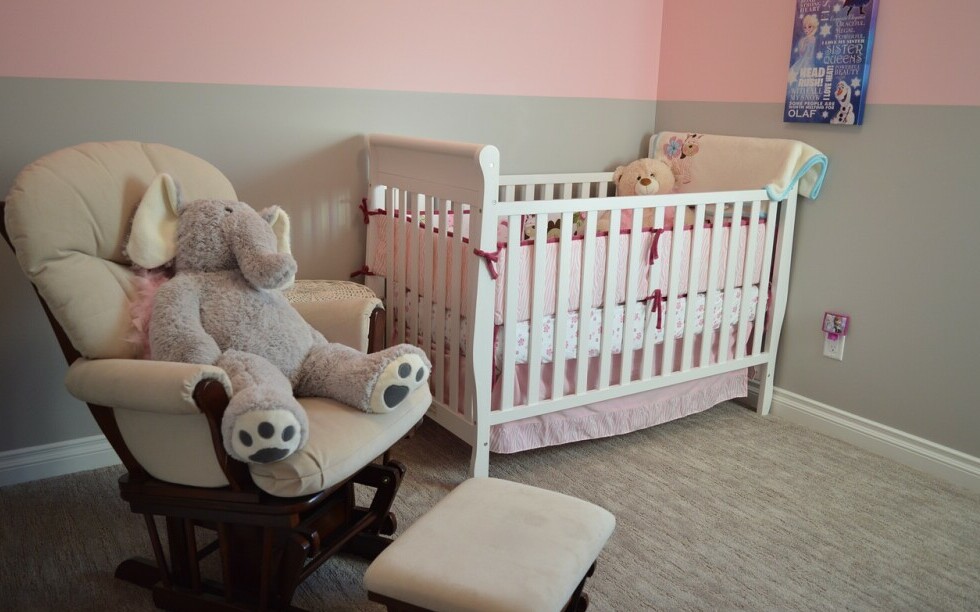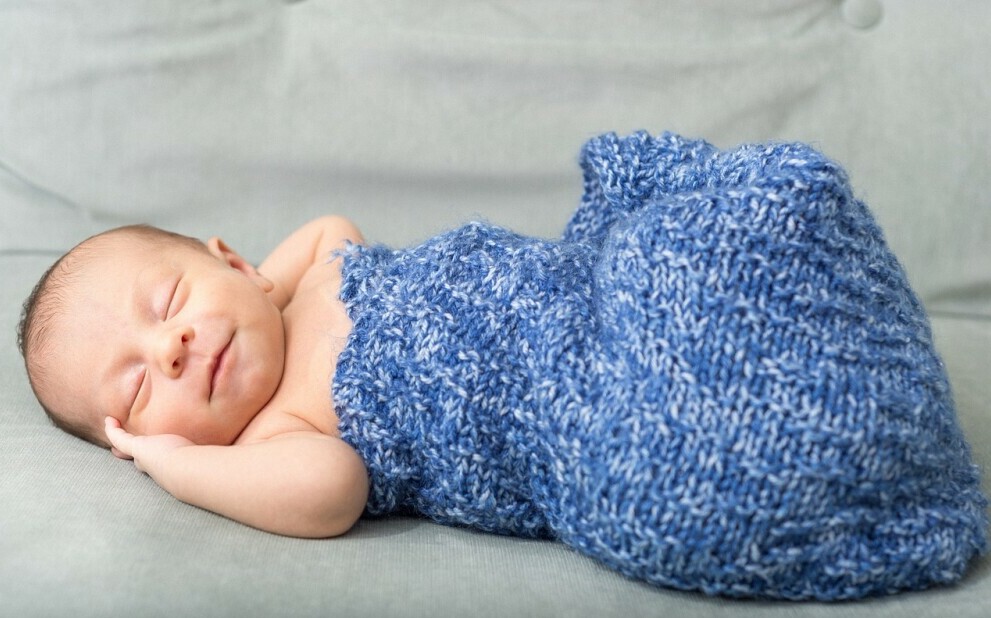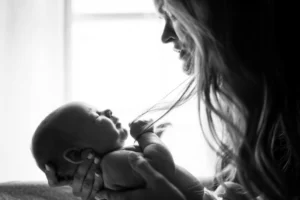I’m going to kick things off by diving into the heart of the matter – safe sleep for your little one. Safe sleep for infants means creating an environment that reduces the risk of sleep-related deaths, including Sudden Infant Death Syndrome (SIDS) and other sleep-related infant deaths.
The latest guidelines I’m referring to come from top-tier pediatric and health authorities like the American Academy of Pediatrics (AAP). They’re the gold standard when it comes to infant care, and they emphasize the significance of sleep position, environment, and practices in preventing unfortunate events.
You’re going to find out that sleep isn’t just about rest for babies; it plays a critical role in their overall development and health. Especially in the first year of life, a baby’s sleep supports their incredible growth and learning.
This isn’t just about statistics. But, just to give you a clear picture, the numbers tell us that these guidelines are crucial. For instance, sleep-related deaths account for a substantial portion of infant mortality rates in the first year.
I’m here to help you understand all of this, so that you can create the safest possible sleep setting for your baby. And you’re going to see that doing so isn’t as daunting as it might sound. It boils down to being informed and attentive to a few key principles.

Creating a Safe Sleep Environment: What Parents Need to Know
I’m going to walk you through setting up the safest possible sleep environment for your little one. This isn’t just about buying the trendiest crib or decorating the nursery; it’s about making smart choices with safety as the top priority.
First off, let’s talk about the crib. You’re going to want to choose one that meets current safety standards. Look for a certification seal from a recognized authority such as the Consumer Product Safety Commission. That’s your assurance that it’s built to be safe.
Now, what about the mattress? A firm mattress is a non-negotiable. It should fit snugly within the crib, leaving no gaps where your baby could potentially get stuck. This is one of those situations where simpler is safer. Skip the pillow-top and stick with a standard, firm option.
Next, we’re focusing on room-sharing but not bed-sharing. The American Academy of Pediatrics recommends that your baby shares your room for at least the first six months. This has been shown to reduce the risk of Sudden Infant Death Syndrome (SIDS) significantly. But while they’re in the same room, babies should have their own sleep space. Sharing your bed increase the risks and is not advised.
Then there’s the matter of keeping the crib as bare-bones as possible. Soft bedding, plush toys, and even crib bumpers can pose a suffocation hazard. What you want is a clear space. All baby needs is a fitted sheet on the mattress and suitable sleepwear to keep them warm—nothing more.
And if you’re looking for something to give you extra peace of mind? Consider a baby monitor. It’s a practical way to keep an ear out for your baby’s needs while ensuring they’re sleeping safely on their own.
You can always adjust your approach down the road, so choose what works best for your family while keeping safety at the forefront. Now, in the next section, you’re going to find out about practical night-time strategies to reinforce these safe sleep practices.

Practical Tips for Ensuring Your Baby Sleeps Safely
I’m going to share some straightforward practices that can make a world of difference for your baby’s safe sleep. These aren’t complex theories; they are tried-and-true methods recommended by experts.
First up, having a consistent bedtime routine is key. Just like adults, babies benefit from predictability. A warm bath, a gentle story, and some quiet time can signal to your little one that it’s time to wind down.
When it comes to safe sleepwear, think snug and secure, but not tight. Appropriate swaddling can soothe some infants, but it’s crucial to ensure that the swaddle is not too loose or too tight. Stopping swaddling as soon as your baby shows signs of rolling over is important.
Of course, every baby is unique—teething, growth spurts, or sickness can disrupt sleep. Staying flexible and adjusting your strategy can help ensure your baby remains safe even on tough nights.
You might also be considering technology to monitor your baby’s sleep. While gadgets can offer peace of mind, remember they’re no substitute for a safe sleep environment and attentive care.
Recognizing and Combating Misinformation on Baby Sleep Safety
I’m here to help you sift through the noise and find accurate information on safe sleep practices for your baby. It can be overwhelming to differentiate between well-meaning advice and scientifically-backed guidance, but it’s critical for the health and safety of your little one.
Start by identifying reliable sources for your information. Look for recommendations from established health organizations like the American Academy of Pediatrics or the Centers for Disease Control and Prevention. These groups base their guidance on extensive research and are considered authorities in the field.
You’re going to find out about many common myths that persist around baby sleep. One such myth is that babies sleep best on soft surfaces like pillows and blankets. In reality, a firm sleep surface is safer and reduces the risk of Sudden Infant Death Syndrome (SIDS). Let’s debunk these myths with facts and ensure our babies are as safe as possible.
Experts unanimously agree on certain vital practices: back-sleeping on a firm, clear surface, in a smoke-free environment, and avoiding overheating. Always follow these pillars of safe sleep, and if there’s ever uncertainty, consult a healthcare professional for clarity.
Lastly, I really hope that you share what you’ve learned about safe sleep. Discuss it with your spouse, your family, your babysitter, and your friend who just had a baby. Spreading awareness can make all the difference, preventing misinformation from leading to unsafe sleep practices. Our children’s safety is a collective responsibility, and it starts with well-informed parents and caregivers.




